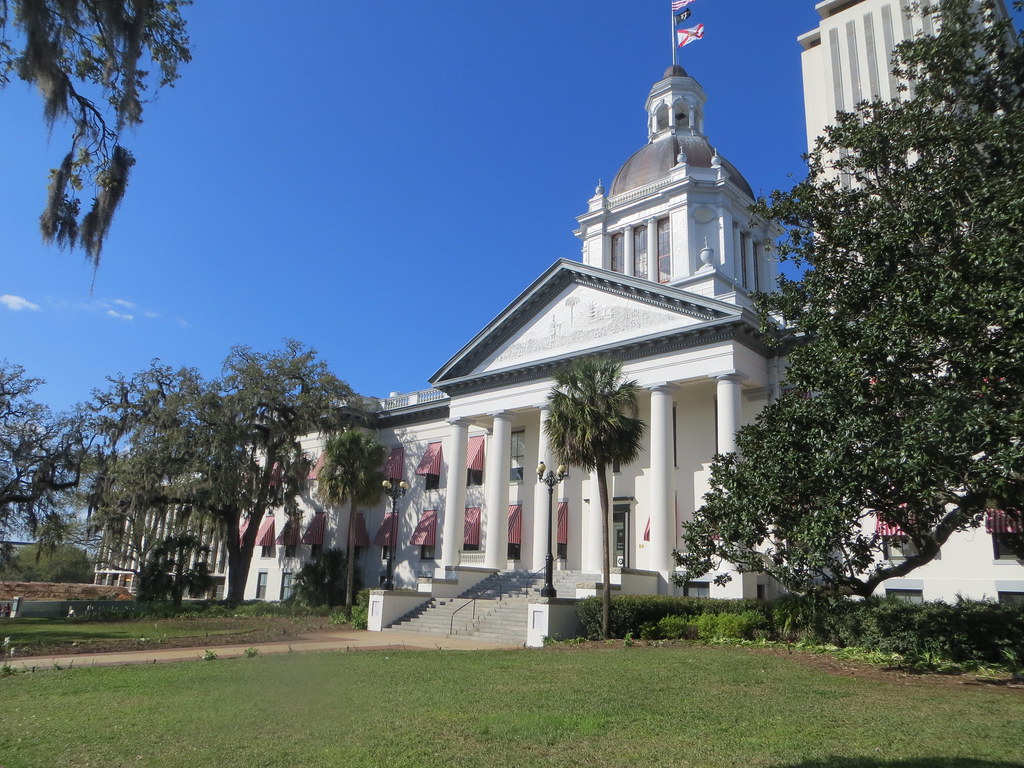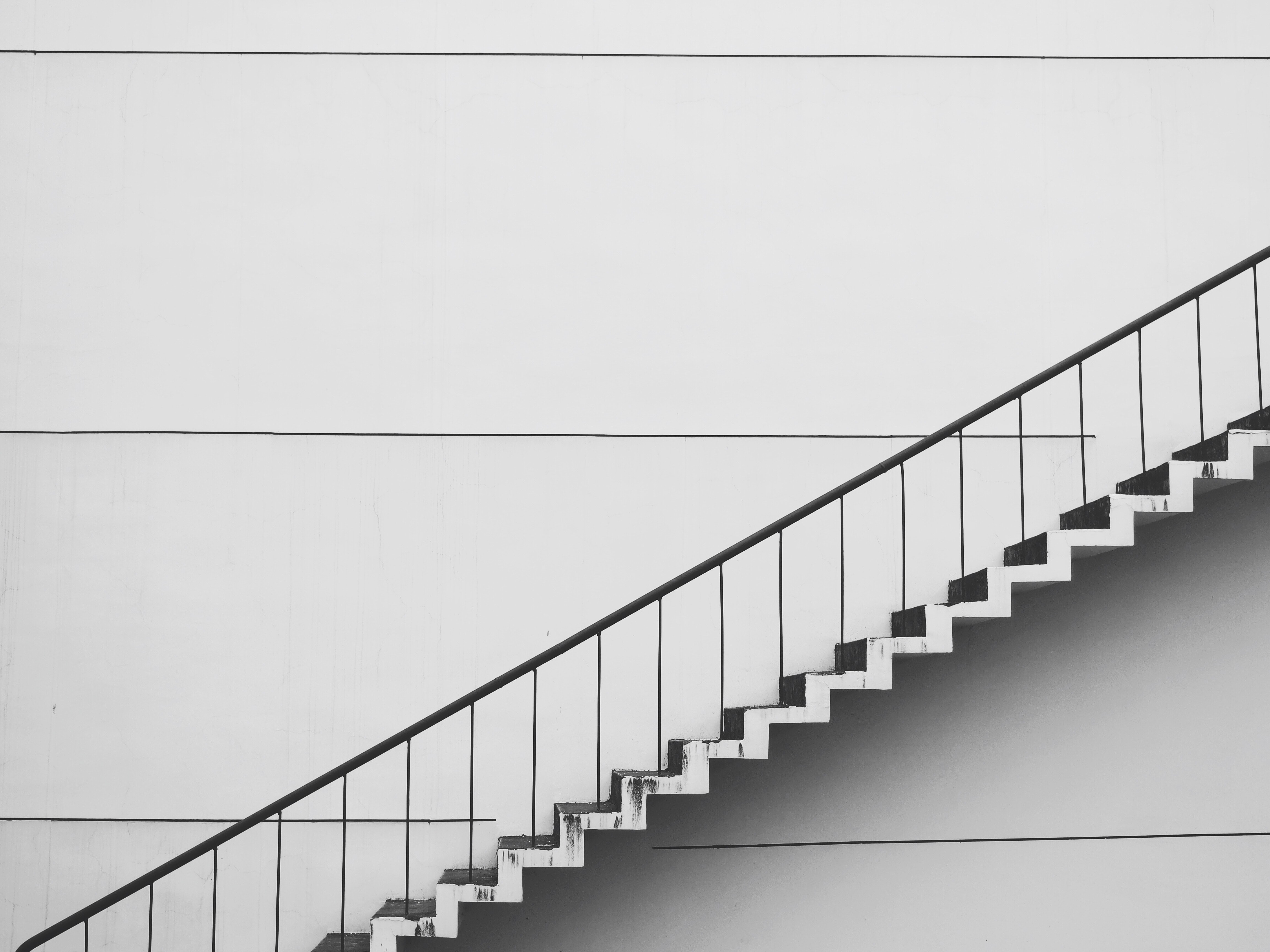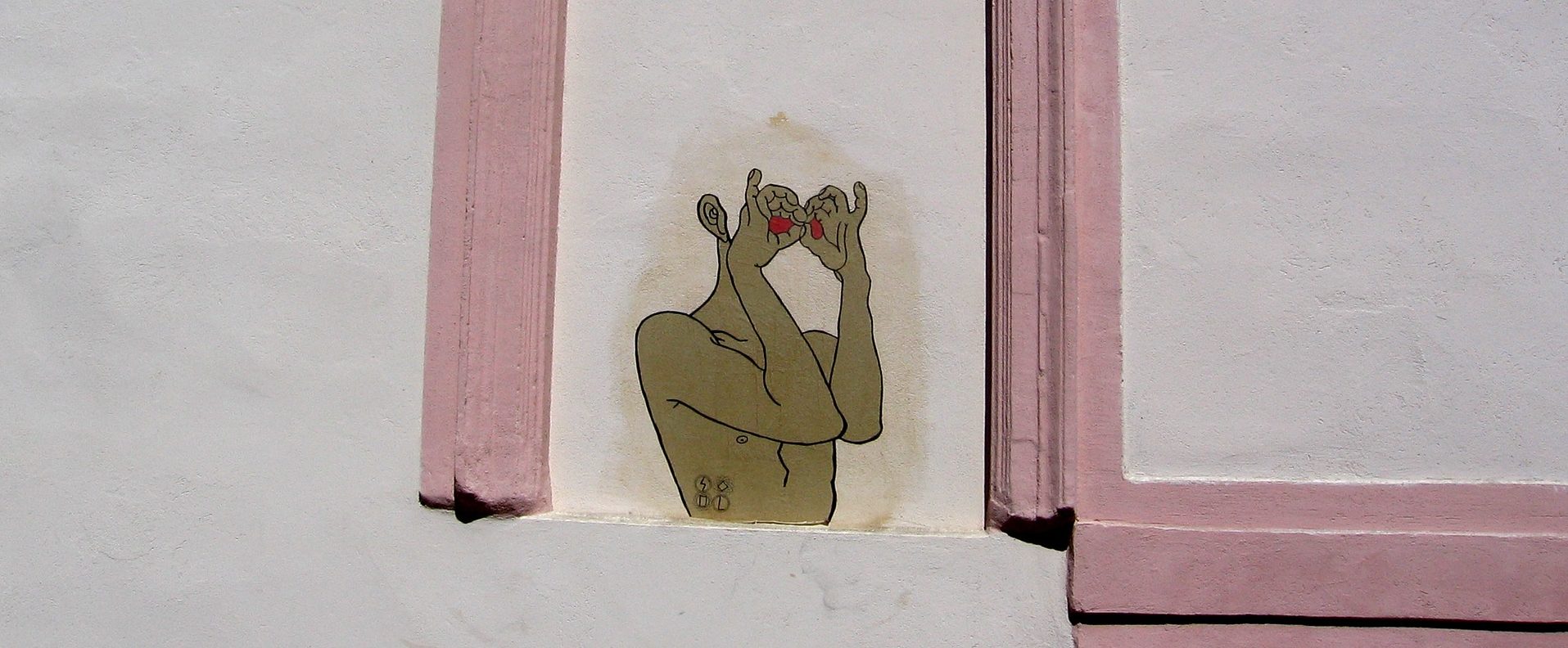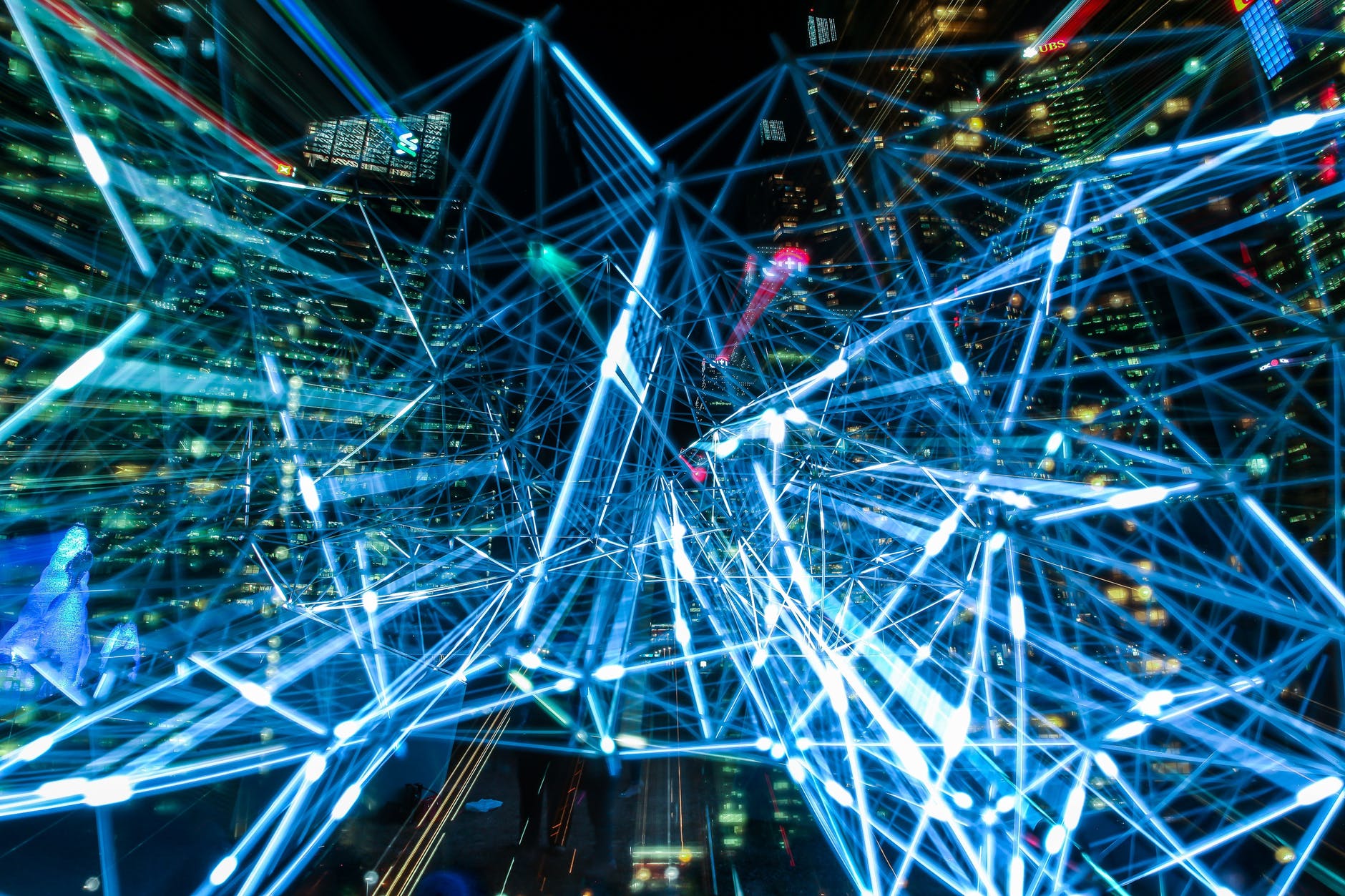42nd Street and Park Avenue, Grand Central Terminal – It’s the 5pm New York rush hour, and under the celestial roof of the Main Concourse commuters, gawkers, and passers-by careen in every possible direction across an epic space of transition. On this particular October evening, however, North America’s second busiest train hub (top honours belonging to its neighbour four avenues over, Penn Station) is the destination itself – I’ve arrived to view the public exhibit The Constant Future – A Century of the Regional Plan hosted in Grand Central’s Vanderbilt Hall.

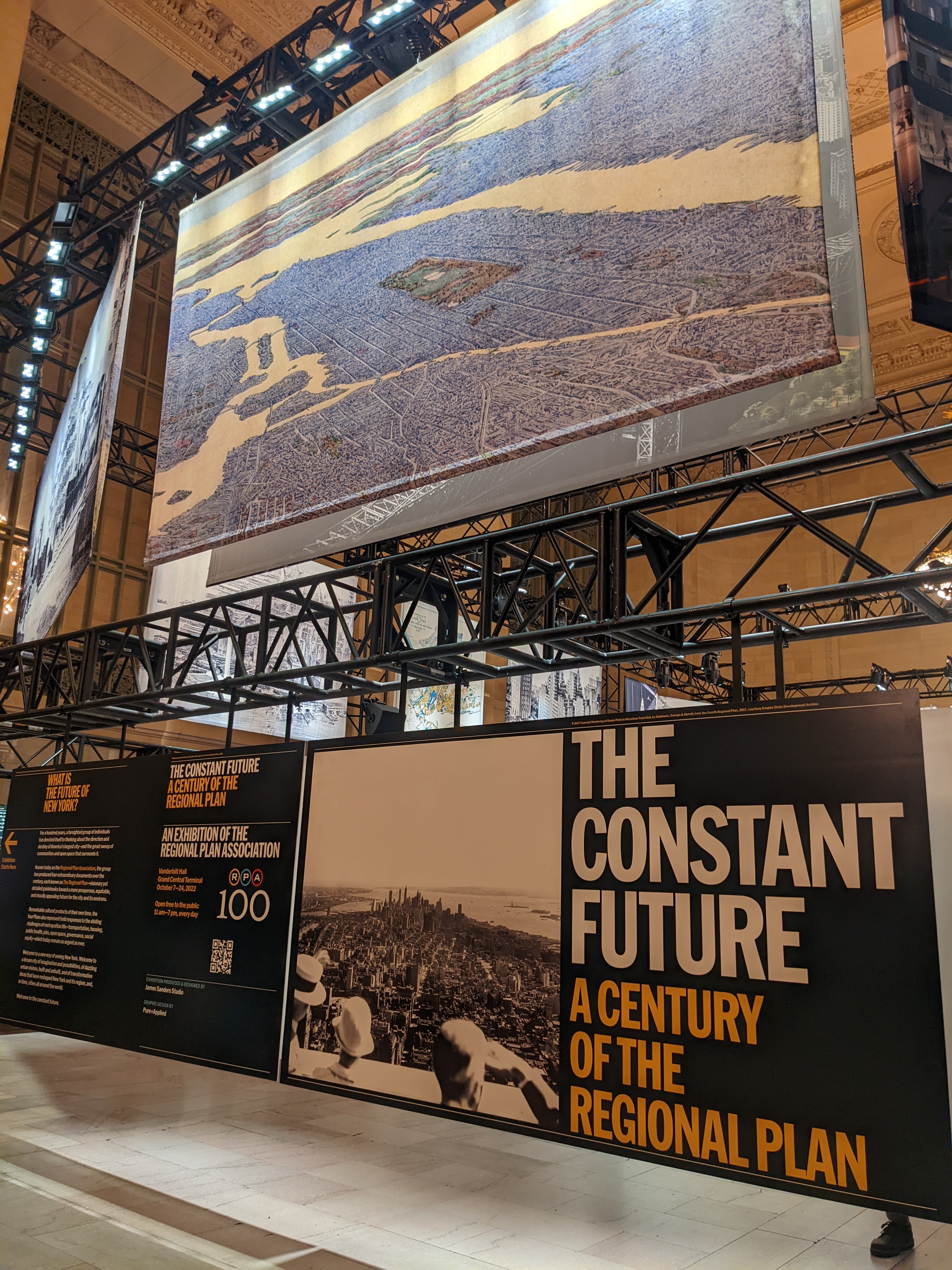
A setting of such civic grandeur could not be more appropriate for this installation, a centenary celebration of the Regional Plan Association (RPA) and its four strategic planning documents which have for decades quietly influenced the trajectory of New York City and its vast metro area. Since its founding in 1922 by a cadre of men and women progressive reformers, the non-profit RPA has never held official jurisdictional authority; instead, it has relied on the power of its recommendations to policy makers and built environment leaders to engender more functional and equitable urbanism.
As the exhibit looks back at the creation and implementation of the RPA’s four plans, produced in 1929, 1966, 1996, and 2017, the story of New York’s most awesome century unfolds – the jazz age, the Empire State, expressways, bridges, city decay, racial strife, cultural production, 9/11, Hurricane Sandy, the High Line, and all in between. Rather than a simple retrospective evaluation, it is a catalogue of changing values and urban visions, from the lavish city beautiful imaginings of pearl white towers, colonnades, and efficient ring roads to the pedestrian friendly, transit oriented, climate resilient ideals of today.

Familiar narratives are given their due. The undying spectre of Robert Moses, his roads, and self described ‘meat axe’ loom large, along with citizen champion ‘eyes on the street’ Jane Jacobs and inflection points such as the 1970s debt crisis – with its infamous headline ‘[President] FORD TO CITY: DROP DEAD.’ Nonetheless, there was much wonder to be found in the treatment of less visible, high resolution planning complexity. Snapshots of subsurface infrastructure, metro schematics, and the like provided dizzying context to planning decision making, in addition to the powerful juxtaposition of historical photographs of metro dwellers themselves. These are the individuals engineering minutiae and sweeping urban visions are meant to serve.
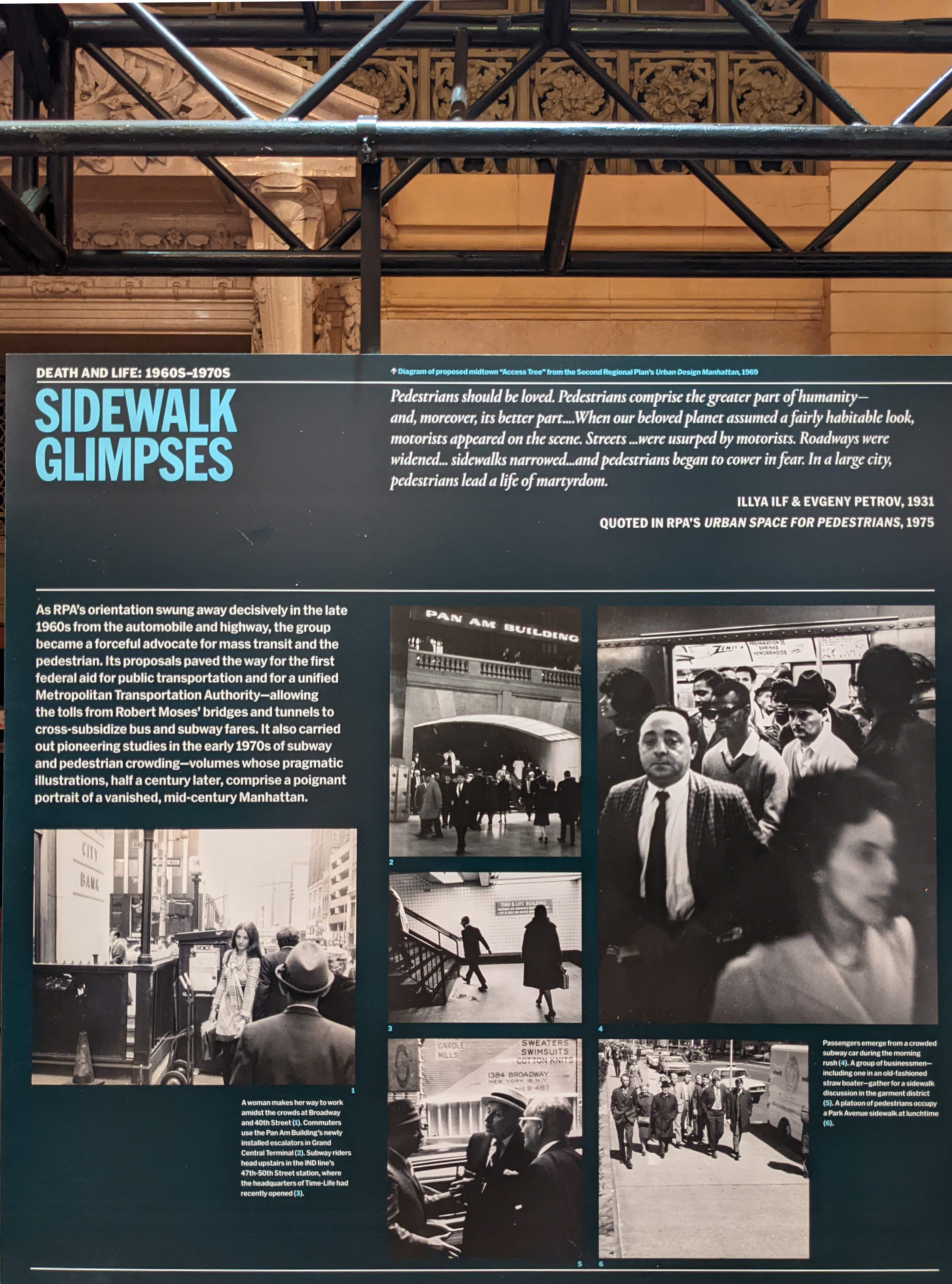

In a city like New York it is difficult to conceive of any noble minded grand plans coming to fruition, but it was remarkable to see what planning proposals are indeed possible. Interventions previously viewed as unimaginable, such as the replacement of shoreline industry with mixed housing, the building of the Second Avenue Subway, the implementation of congestion pricing, and more have all become reality with foresight, patience, and persistence.
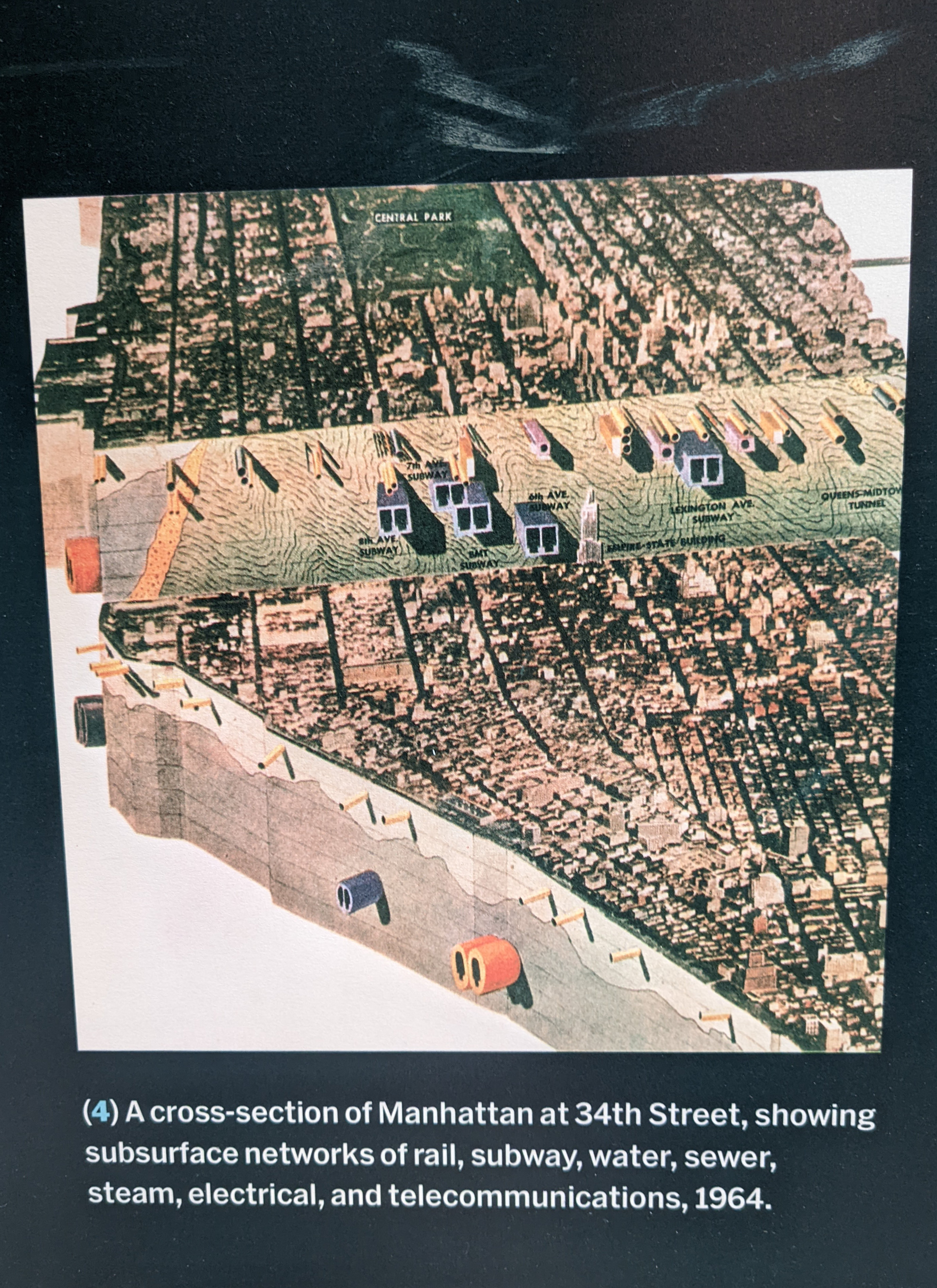
This is what I believe the exhibit visitors – a diverse amalgamation of suits, bike helmets, notebooks, and shopping bags – came for. Not just for the splendid two-story imagery and captivating factoids, but a sense of what was, what is, and what can be with collective inspiration. As attendees moved from panel to panel, with surprising concentration and reverence, it was an opportunity to reflect on themselves as metro denizens and builders of the future. Everyone has an opinion on the built environment, especially in New York City. But here in this setting, in the face of contemporary challenges from affordable housing, to public health equity, to the environment, viewers were asked to think big. And, under the vaulted ceiling of planners past, there was reason to believe there is hope yet.
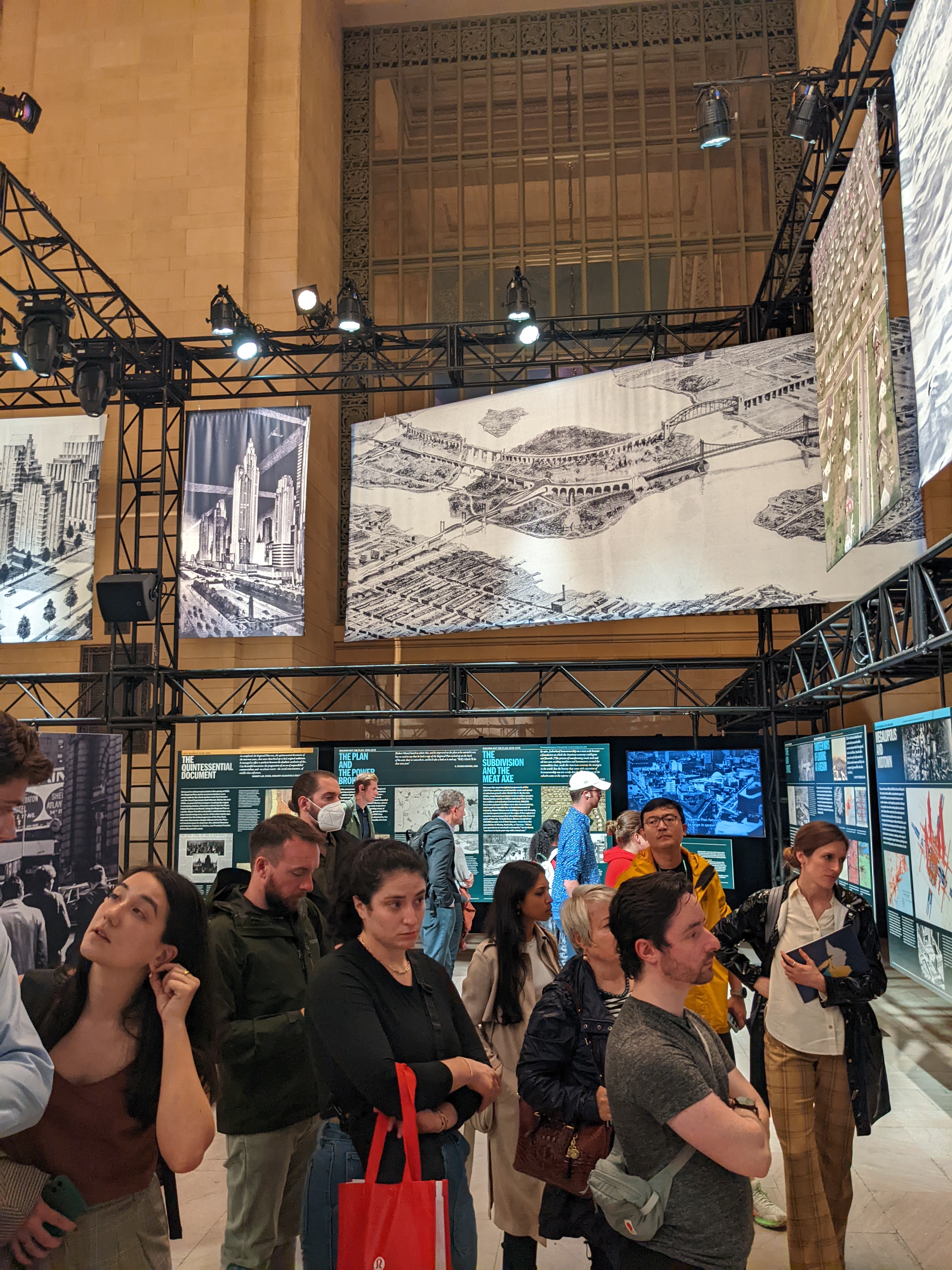
The full RPA installation can be viewed in digital form here:
